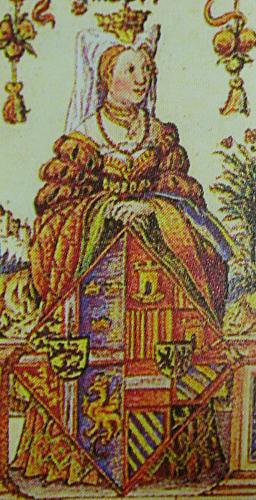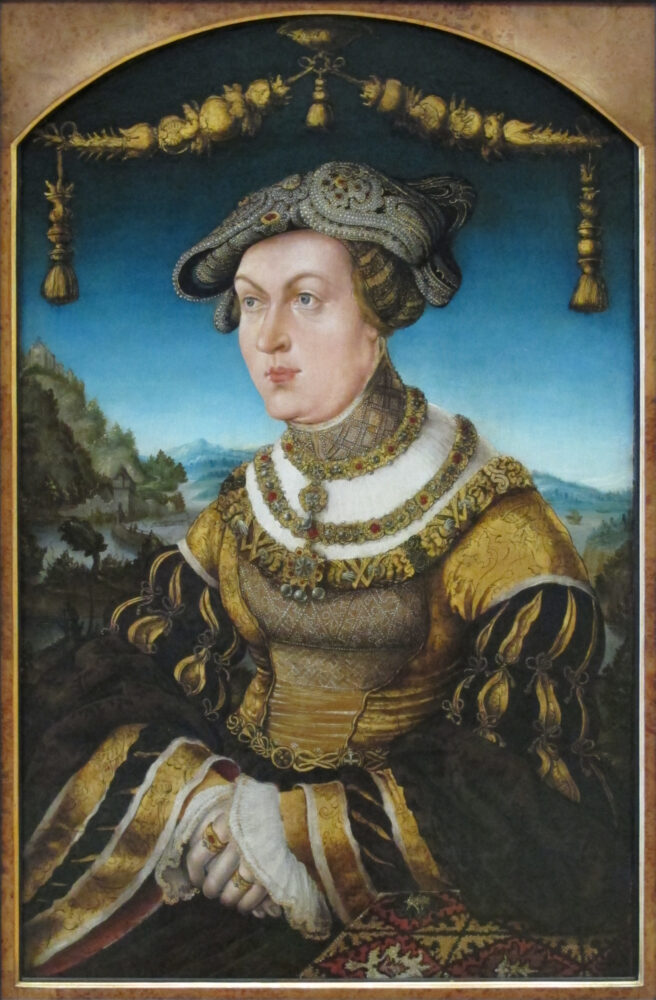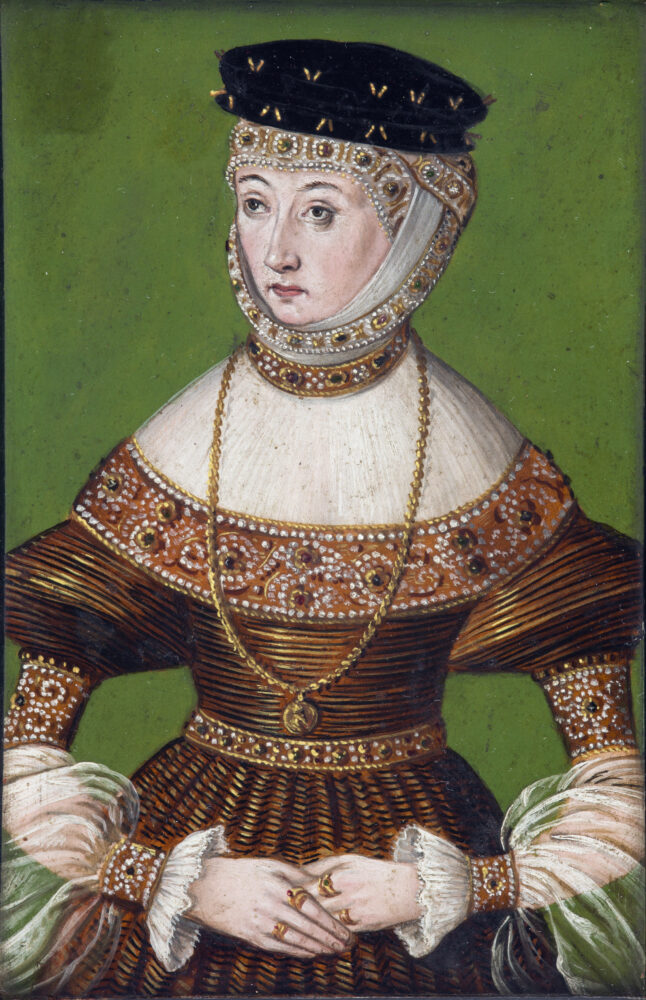North Rhine portraits update
Now that I’ve got my life somewhat in order, I’ve finally been able to put all my portraits of women from NRW together to work out where my double ups are, and to make sure I’ve kept a record of where each image of the same work comes from. I had kept out images I very much doubt, but they’re now in the folders with ones I do accept. And my doubts are pretty solid. It’s not just the style, it’s not just the clothing, it’s a mix. There are some portraits I don’t think are attributed correctly to Bruyn either, though in that regard it’s down to style.
So far I’ve concentrated on Cologne as we have Bruyn as the archetype. And that’s 270 folders of which 52 are of multiple figures. My Westfallen images are so much easier to organise because there are fewer. My Gelderland portraits are predominantly what feel like copies. But if they are they are still very iconic. And then we move into my Julich-Kleve-Berg folder which is the hottest mess of hot messes.
And I still have other art forms.
I had started to doubt myself, because I had stepped away from where I was comfortable to challenge why I felt comfortable. Now that I’m back to where I started? My comfort was because I did have a really good grasp on it. And that’s even when most of my work has been with low resolution and often very blurry images.
This all began so long ago because people were being discouraged from recreating Anne of Cleves’ ensemble because of the rule of three. That because there weren’t three portraits with exactly the same features you couldn’t trust it. And not even all the Bruyn portraits were enough. It’s true her sleeves are incredibly striking, so very different and even with my work in so many other regions there are only hints of similarities.
There are many trumpet sleeves including in the Enns cutting manual, but when it comes to the kind of divided upper and lower it’s quite rare. I have an intersting example from a massive manuscript, but she is meant to be an historical figure, the other is of Marie Jacobaa.


As for the disc shaped uppers, we do have a portrait by Lucas Cranch of Barbara Radziwill.

An this is why we can’t just set aside images of interesting clothing. Most of the difficulty I face is not that there a few depictions of women but that they get curated out of catalogues.
Thus my 270 folders representing about that many women, and some more children, from Cologne and near by towns. I didn’t create the images, I just pecked through every single catalogue, auction, and exhibition I could to find them.
But now I need a rest, it was a broken sleep, the second part full of dreams.